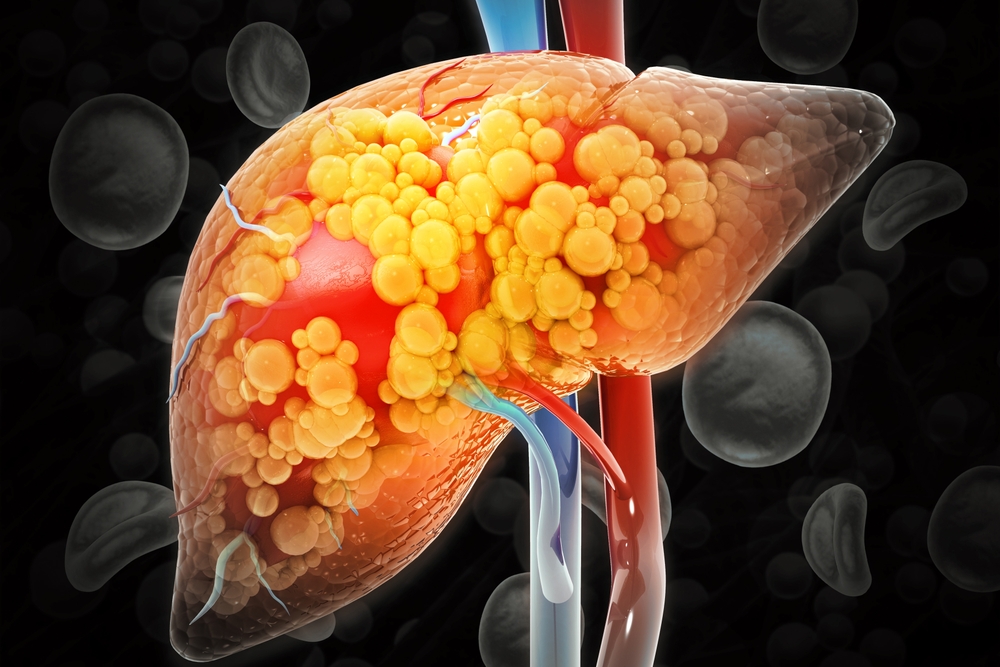Fatty liver disease is one of the fastest-growing health concerns worldwide, impacting roughly 32% of people worldwide, according to a 2022 systematic review. It is closely tied to rising rates of obesity, diabetes, and metabolic dysfunction. However, recent research highlights another possible contributor that often goes unnoticed: vitamin D deficiency.
Could maintaining optimal vitamin D levels help protect the liver? Here’s what the evidence suggests.
What Is Fatty Liver Disease?

Fatty liver disease (FLD), or hepatic steatosis, occurs when excess fat accumulates in the liver. While early stages are often silent, persistent fat buildup can impair liver function and lead to serious complications, including inflammation, fibrosis, cirrhosis, and in some cases, liver cancer.
There are two primary types of fatty liver disease:
1. Metabolic Dysfunction–Associated Steatotic Liver Disease (MASLD)
Previously known as non-alcoholic fatty liver disease (NAFLD), MASLD affects approximately 1 in 3 U.S. adults according to WebMD. It develops in individuals with underlying metabolic risk factors such as:
- Obesity
- Type 2 diabetes
- Insulin resistance
- High blood pressure
- Elevated cholesterol or triglycerides
MASLD includes two forms:
- Simple steatosis: Fat accumulation without significant inflammation or liver damage.
- MASH (Metabolic dysfunction–associated steatohepatitis): A more advanced form involving inflammation and hepatocellular injury. MASH can progress to fibrosis, cirrhosis, and even hepatocellular carcinoma. About 20% of individuals with MASLD develop MASH, reports WebMD.
2. Alcohol-Related Liver Disease (ALD)
This form results from excessive alcohol consumption and affects roughly 5% of U.S. adults. While early-stage ALD can be reversible with abstinence, continued alcohol use increases the risk of liver inflammation, fibrosis, and long-term liver damage.